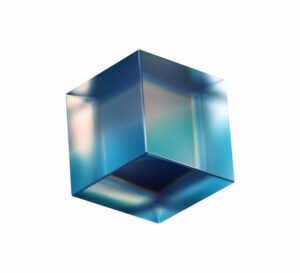RNN (Recurrent Neural Network) is a type of neural network designed to process sequential data. Unlike traditional feedforward networks, RNNs maintain a hidden state that captures information about previous inputs, making them ideal for tasks involving time-series, language, or any data where order matters.
Key Characteristics of RNN Models
Sequential Processing: Handles data one element at a time, preserving the order of inputs.
Hidden State Memory: Retains context by passing information from one step to the next.
Parameter Sharing: Uses the same weights across all time steps, reducing model complexity.
Challenges with Long Dependencies: Struggles with vanishing and exploding gradient problems during training.
Variants for Improvement: Includes LSTM (Long Short-Term Memory) and GRU (Gated Recurrent Unit) to better capture long-term dependencies.
Applications of RNNs in AI
Natural Language Processing: Powers tasks like language modeling, machine translation, and text generation.
Speech Recognition: Transforms spoken language into text by modeling temporal sequences.
Time-Series Forecasting: Predicts future trends in finance, weather, and healthcare data.
Music and Video Generation: Creates sequences of notes or frames by learning temporal patterns.
Anomaly Detection: Monitors sequential data streams to detect irregular patterns.
Why RNNs Matter for Sequential Data
RNNs pioneered the ability of neural networks to model sequential and temporal patterns, making them foundational for advances in NLP, speech processing, and time-series analysis. Although newer architectures like transformers have surpassed them in some areas, RNNs remain crucial for understanding the evolution of deep learning techniques.



